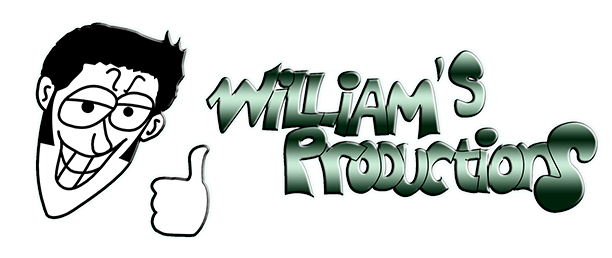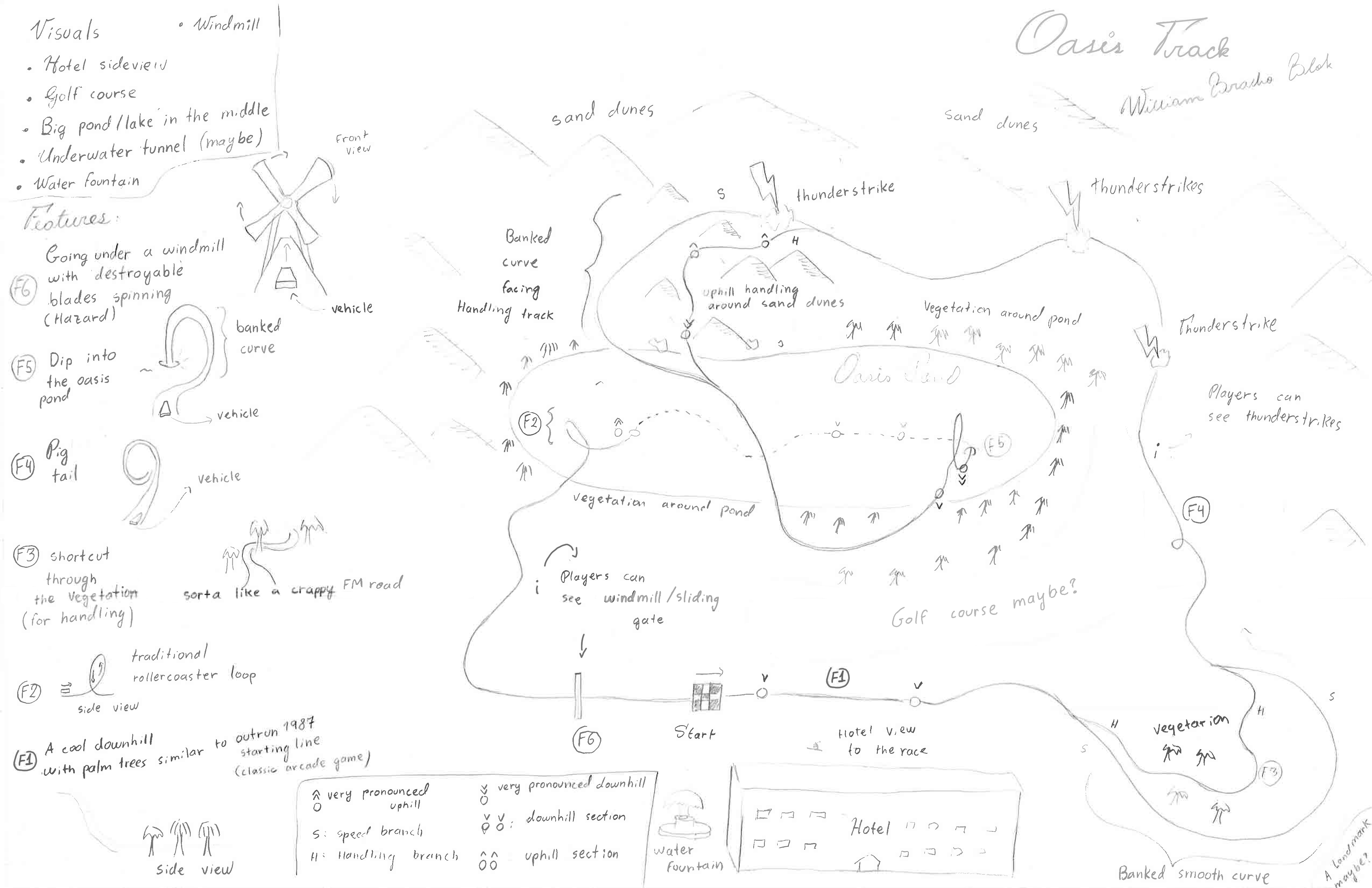
Interstellar racing league (IRL) is a couch-competitive multiplayer futuristic racing game where players race against each other along gravity-defying tracks to compete for of the Galaxy’s Best Racer. The game features 4 unique racers, each with distinctive vehicle specs suited for different playstyles, and and powerups that racers can use to gain an edge against each other and win the race.
To develop this game, our team broke into sub-teams to work on various aspects of the game, including car physics, track design (where I worked most of the time), environment, and audio design. Each sub-team worked using the SCRUM methodology and followed established pipelines in order to work efficiently.
As a designer in 60-Strong Studios, one of my most relevant works included the development of the Fallen City track. The Fallen City (formerly known as the Oasis) takes place in a planet with a similar ecosystem to the one found in Earth. This track is designed to be the most condensed track of the game, and it features plenty of sharp turns to encourage player interaction. Overall, this track takes approximately 40 seconds to complete.
As I joined the track team, I was given the task of designing a racetrack set in an Oasis-like environment with some requirements established by the game designer and lead track designer, such as: 1) the track geometry must be done using a spline tool blueprint developed internally, 2) the track must have a constant established width, 3) the track must have parts where it splits up and merges back, and 4) the track must use a given set of features, such as environment hazards (which were later cut due to time constraints) and pickups (which were replaced by energy gates where players get a powerup when crossing these gates).
I started by looking for visual references to give myself some thematic inspiration for the track design as well as keeping a close communication with the environment team (the sub-team dedicated to build the environment around the tracks) to make sure our shared vision was consistent. I also researched several other racing games such as Outrun, the Mario Kart series, Redout, and MotoGP Ultimate Racing Technology to see what they have done with their track design and gather some common patterns/specs, such as how long does it take to complete a lap, how the turns and curve feel like, how others play these games, and so on.
I then started sketching out an initial version of the map with a list of features and ideas that I wanted to implement, such as rollercoaster-like flips, going in and out of a central pond in the oasis, landmarks and things that the player will see, pronounced ups and downs, shortcuts, etc.

Once I shared my design with the team and had it approved, I started constructing it in Unreal Engine 4. To start off, I did quick iterations to figure out the map’s proportions, get a sense of scale, what felt good to drive on, and what sections of the track needed to be revised before I started committing into it. As I iterated over the design of the track, I always kept in mind the core actions of the game and how these played in the track, such as “how do the turns feel”, “how much does the player accelerate vs decelerate”, “what opportunities do players have to interact with each other”, and more importantly: “Are players having fun.” After subsequent tests and peer reviews, I managed to deliver the final version of this map.